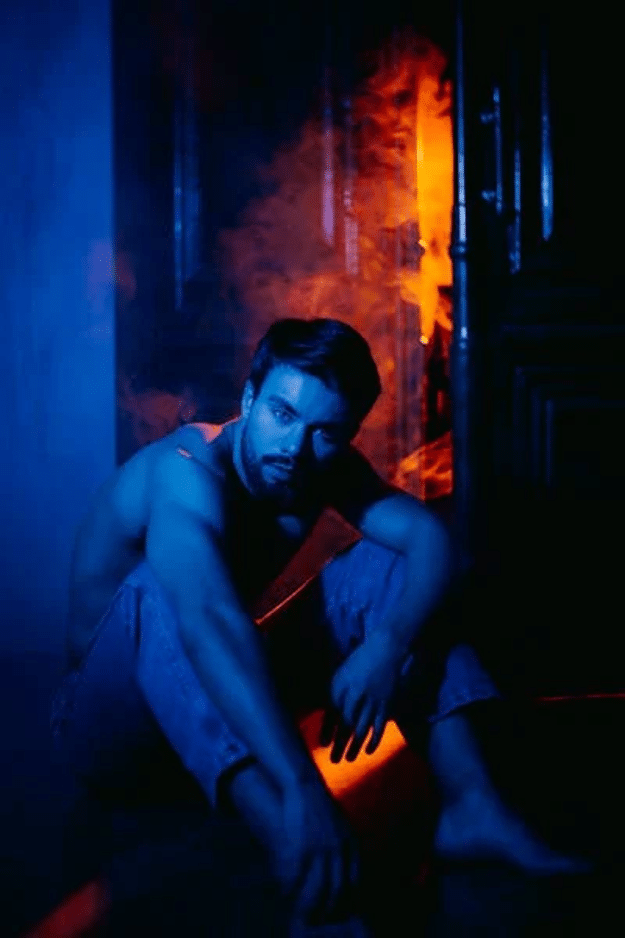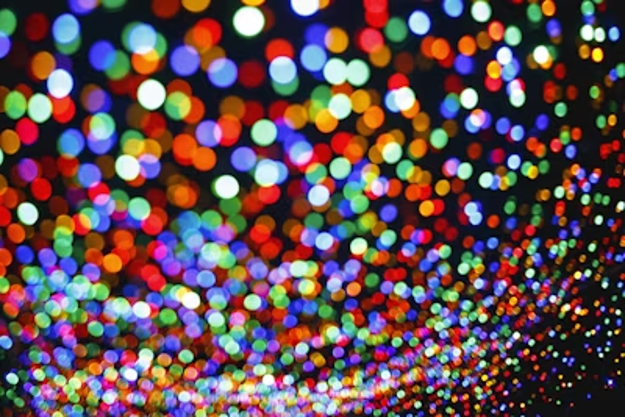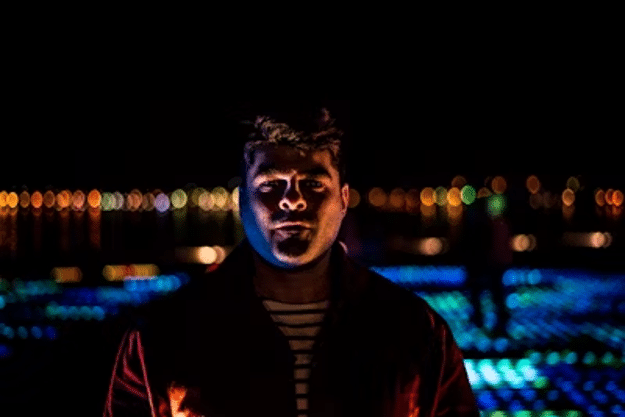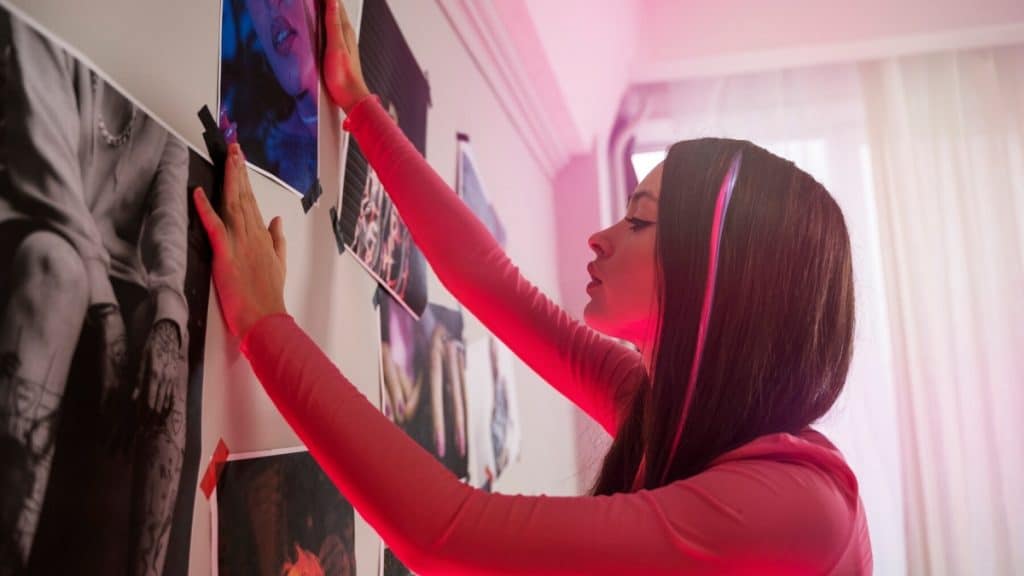We see pictures all around us—on phones, computers, and even outside on signs. But why do some pictures look super clear while others don’t? It’s often because of something called color depth. Don’t worry, this post will explain color depth in an easy way so you can see why it matters when making or sharing images.

What is Color Depth? (Explained Simply)
Color depth is how many colors a picture can show. Pixels are tiny dots that make up a picture one by one going to millions for hd screens. Each pixel has a color, and their color depth tells us how many different colors these pixels can display.
Here’s a simple guide:
- 1-bit: Only black and white, no other colors.
- 8-bit: Up to 256 colors. Good for simple images like GIFs.
- 16-bit: Over 65,000 colors. Better for older devices.
- 24-bit: Over 16 million colors, great for high-quality photos.
- 32-bit: Similar to 24-bit but adds transparency (useful for editing).
Why Does Color Depth Matter?
Color depth makes a big difference in how nice a picture looks. Here’s why:
1. More Colors = Prettier Pictures
The more colors a picture can show, the better it looks. Photos from good cameras look awesome because they have high color depth.
2. Smooth Gradients Without Weird Lines
Ever seen a sky in a picture that looks stripey instead of smooth? That’s because of low color depth. Higher color depth fixes that and makes gradients smooth.
3. Bigger File Sizes
More colors mean bigger file sizes. That’s why pictures with high color depth take up more space. But if you want great quality, it’s usually worth it.

Popular Image Formats and Their Color Depths
Different types of image files support different color depths. Here are some common ones:
1. PNG (Portable Network Graphics)
PNGs support high color depth (24-bit and 32-bit) and can show clear backgrounds (transparency). They’re great for logos and images where you don’t want a background. Just remember, PNGs can be large in size.
2. JPG (Joint Photographic Experts Group)
JPGs also support 24-bit color depth and are great for photos. They’re smaller in size because they use compression (this means they lose a tiny bit of quality to save space). If you need to turn a PNG into a smaller JPG, use a handy tool like pngtojpghero.com.
3. TIFF (Tagged Image File Format)
TIFFs can handle super high color depth, up to 32-bit. Professional photographers love using TIFFs because they keep all the details in a photo. But they create really large files.
When Should You Care About Color Depth?
There are times when color depth is super important. Let’s look at a few examples:
1. Taking or Editing Photos
Want your photos to look amazing and keep all the details? Go for a higher color depth. This is especially important if you plan to print your pictures.
2. Posting Pictures Online
When sharing pictures on social media or a website, you want them to load quickly but still look good. A 24-bit JPG is usually the best choice for this.
3. Designing Cool Graphics
If you’re creating designs with lots of colors or smooth gradients, high color depth makes them look professional and smooth.
How to Choose the Right Color Depth
Here’s a quick guide to help you decide:
- 1-bit: Great for simple black-and-white images.
- 8-bit: Works well for simple graphics and GIFs.
- 16-bit: Good for older devices or when file size matters.
- 24-bit: Best for most photos and online pictures.
- 32-bit: Perfect if you need transparent backgrounds or plan to edit the image a lot.

Tools for Converting Image Formats
Need to change an image’s format or color depth? Check out these tools:
- Photo editing apps: Use apps like Photoshop or GIMP to adjust color depth and save images in different formats.
- Online converters: Switch image formats online while keeping good color depth.
